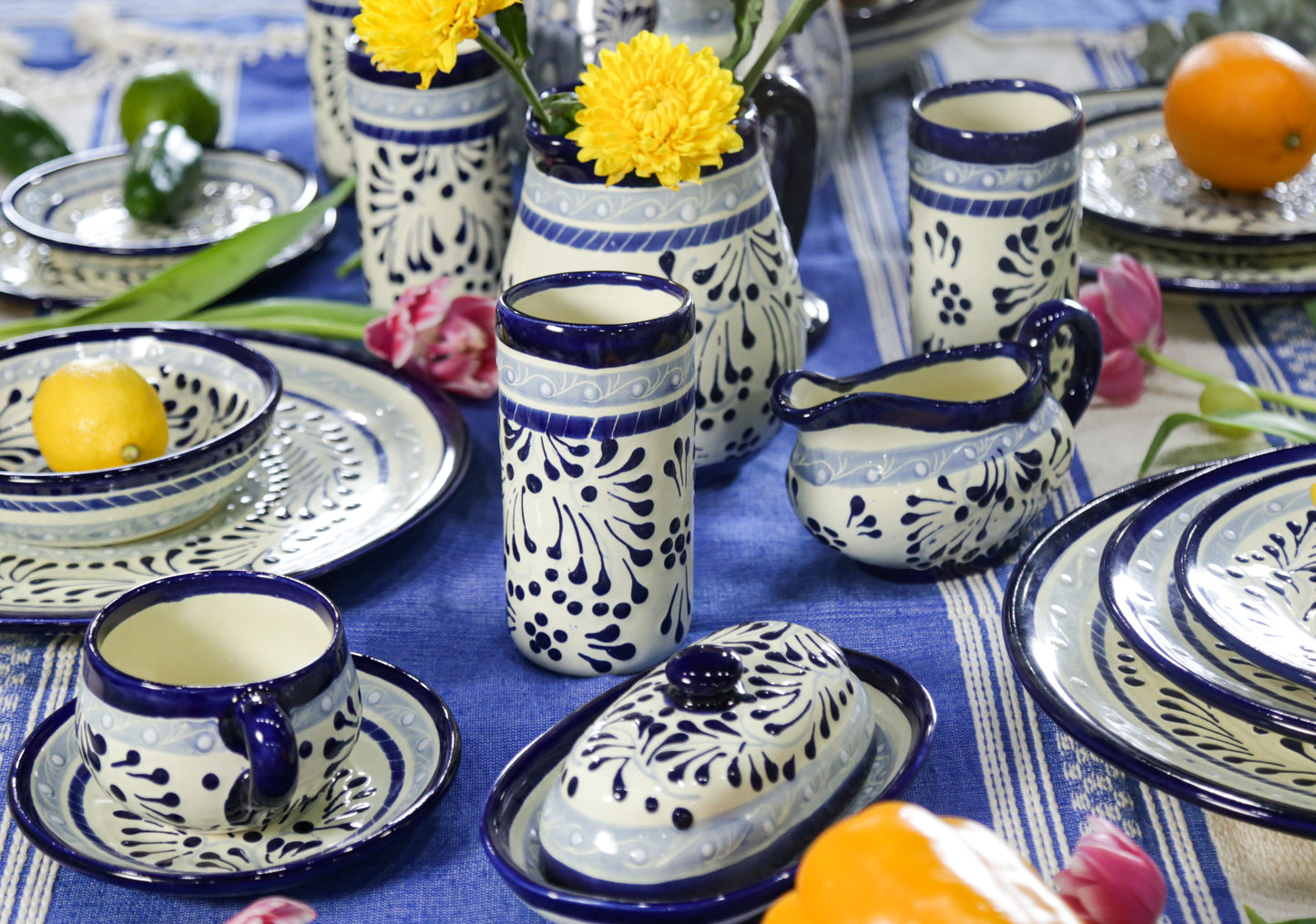
Due to its delicate manufacturing it is considered one of the most distinguished craft traditions in Latin America.
Each workshop, and even each craftsman who works with the talavera, embodies his own personality in his pieces.
This store requires javascript to be enabled for some features to work correctly.

Due to its delicate manufacturing it is considered one of the most distinguished craft traditions in Latin America.
Each workshop, and even each craftsman who works with the talavera, embodies his own personality in his pieces.
Use text paired with images to create a captivating brand story, explain details of your products, or highlight store promotions.
Use text paired with images to create a captivating brand story, explain details of your products, or highlight store promotions.
Use text paired with images to create a captivating brand story, explain details of your products, or highlight store promotions.
Use text paired with images to create a captivating brand story, explain details of your products, or highlight store promotions.